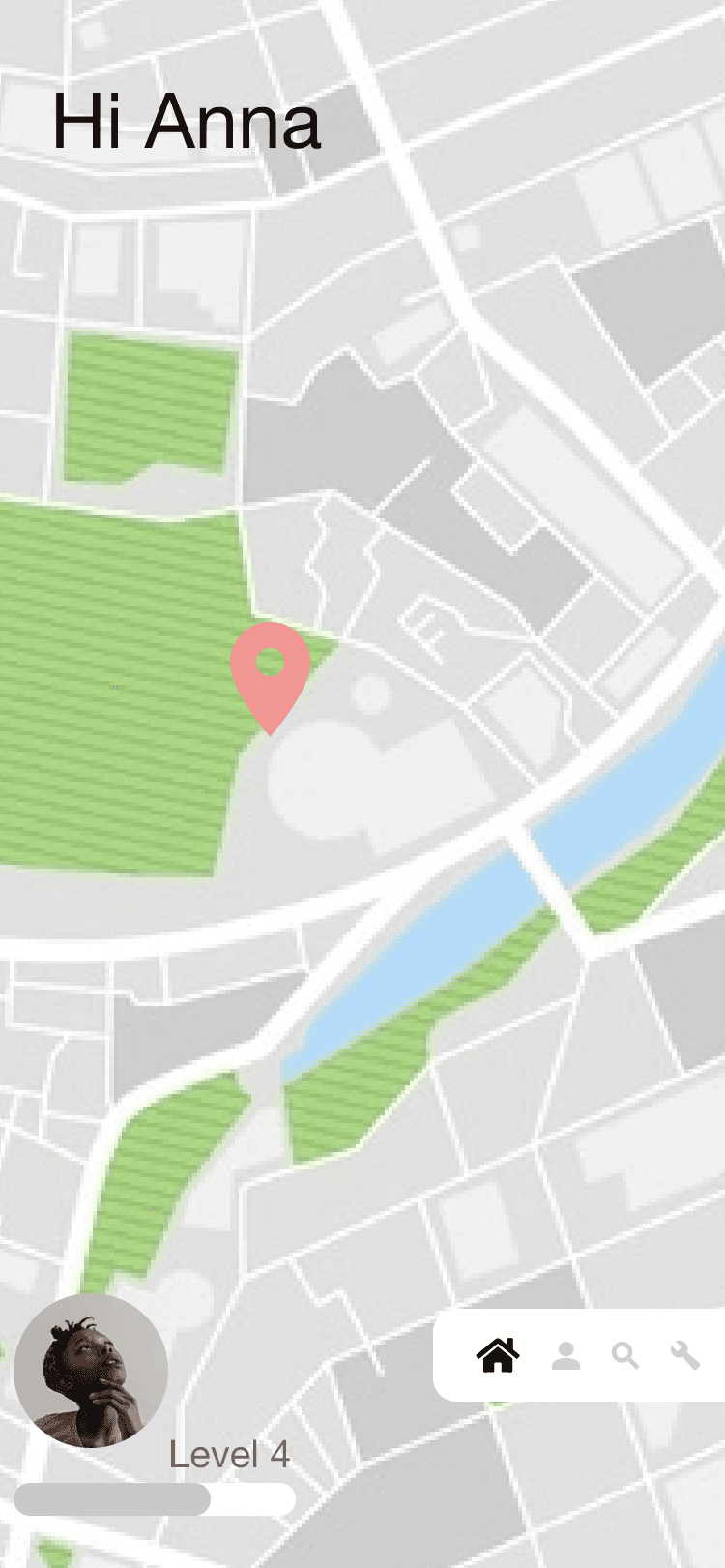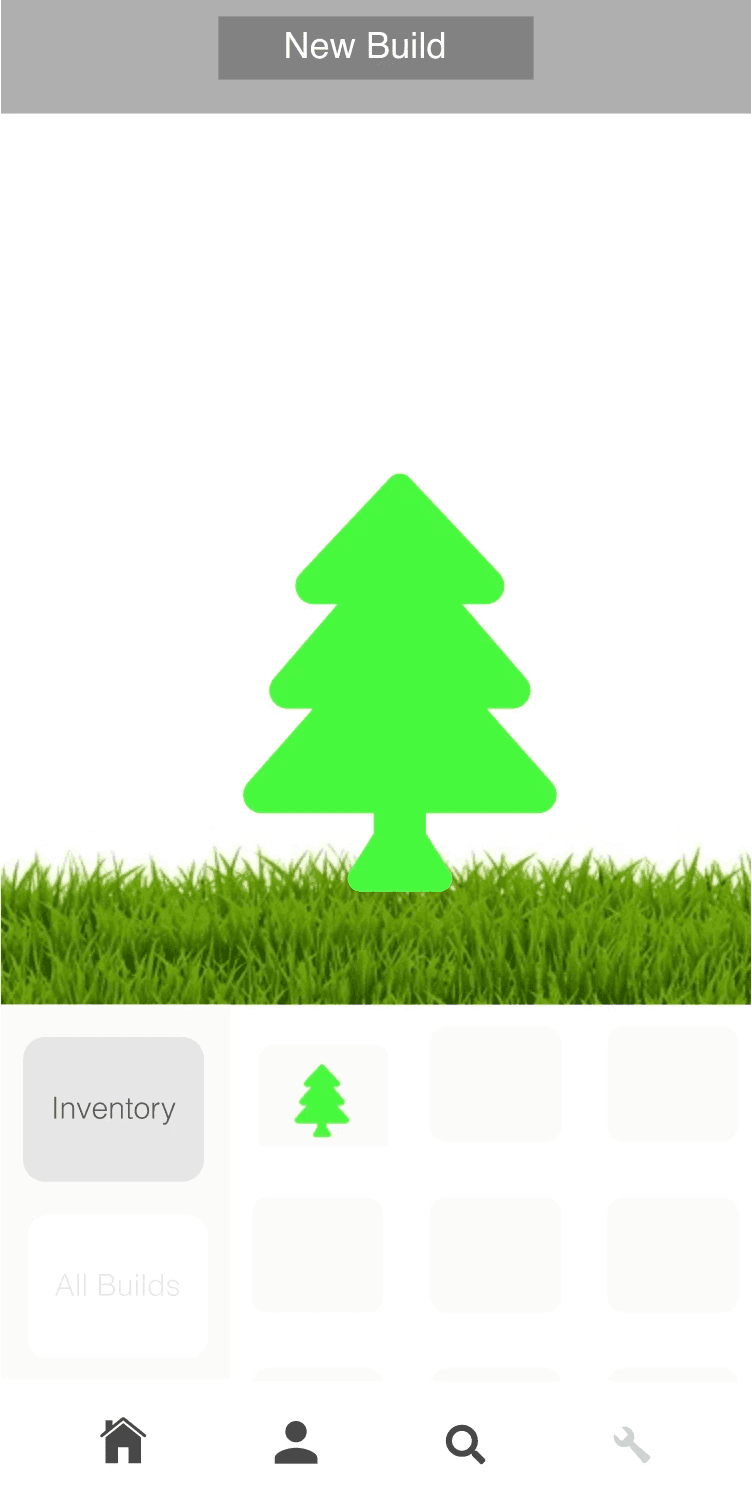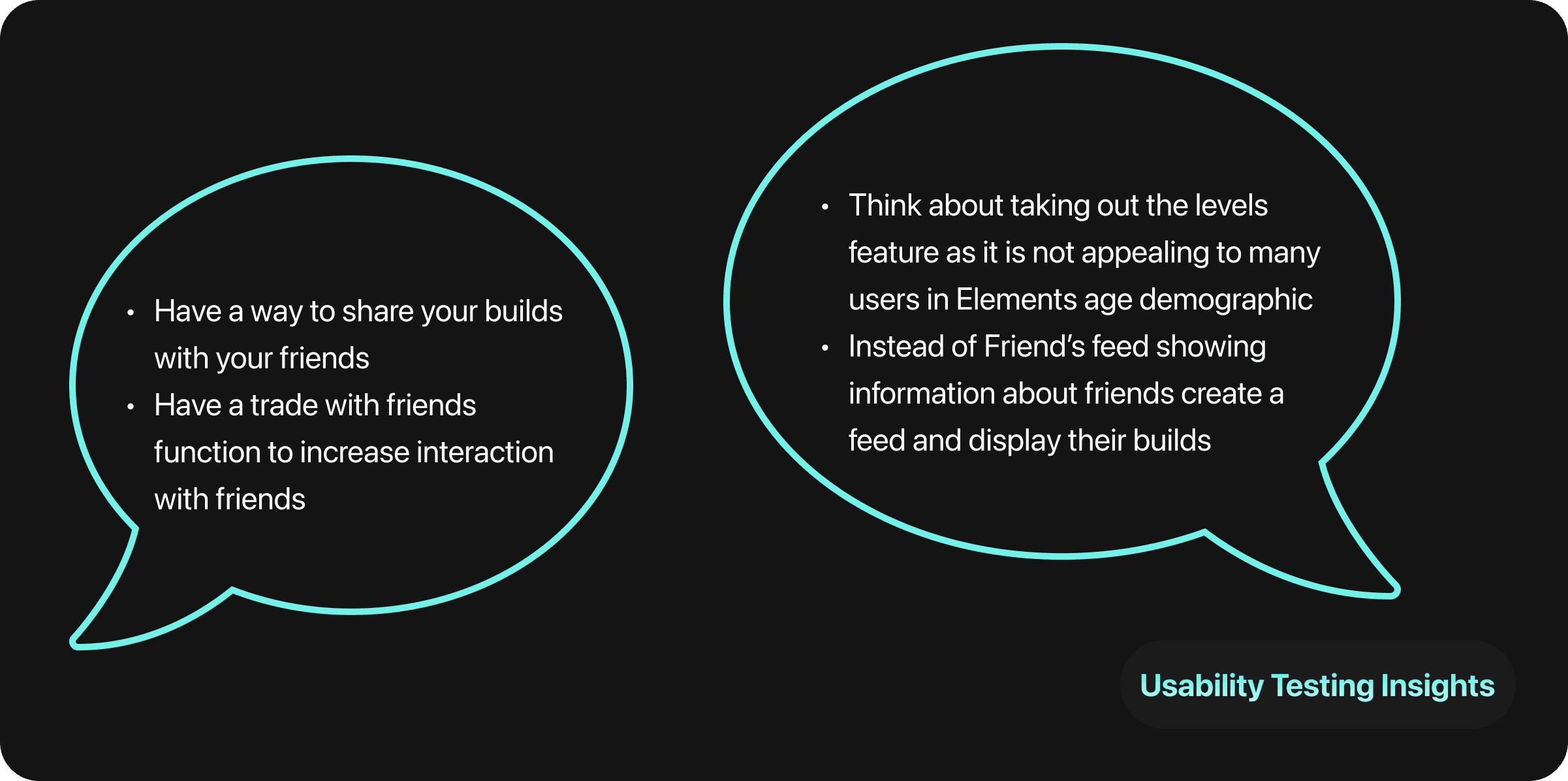Interactive Walking Experience With Augmented Reality
Team:
Sana (Me): Product Designer
Impact
Designed complex AR walking app prototype
Created 80+ screens
Tools:
Adobe XD
Adobe Illustrator
Duration
March 2022 - May 2022
The Problem
Despite the rise of fitness apps, sedentary lifestyles and a disconnect with nature persist. Existing solutions often lack the innovative use of technology to transform walking into an engaging and rewarding experience. This project aimed to address this gap by harnessing the potential of augmented reality to motivate individuals to walk more frequently and for longer durations.
Leveraging AR and Gamification for Enhanced Walking Experiences
Augmented Reality

Gamification
Recognizing the burgeoning AR and gamification markets, I sought to create an innovative solution that transforms daily walks into engaging adventures. By combining these cutting-edge technologies, the goal was to develop an interactive app that motivates users to spend more time outdoors and explore their surroundings.
Project Goals
The primary objectives of this project were to:
01
Transform walking into an enjoyable and engaging experience through gamification.
02
Create an immersive AR-driven environment that encourages outdoor exploration.
03
Conduct thorough user research to inform design decisions.
04
Develop a high-fidelity app prototype to visualize the concept.
Competitive Analysis & Feature Identification
A thorough analysis of existing walking apps, including Pokemon Go and Pacer, was conducted to identify key market opportunities. This research highlighted the potential for innovative AR experiences, collectible in-game items, and gamified challenges to differentiate Elements from competitors.
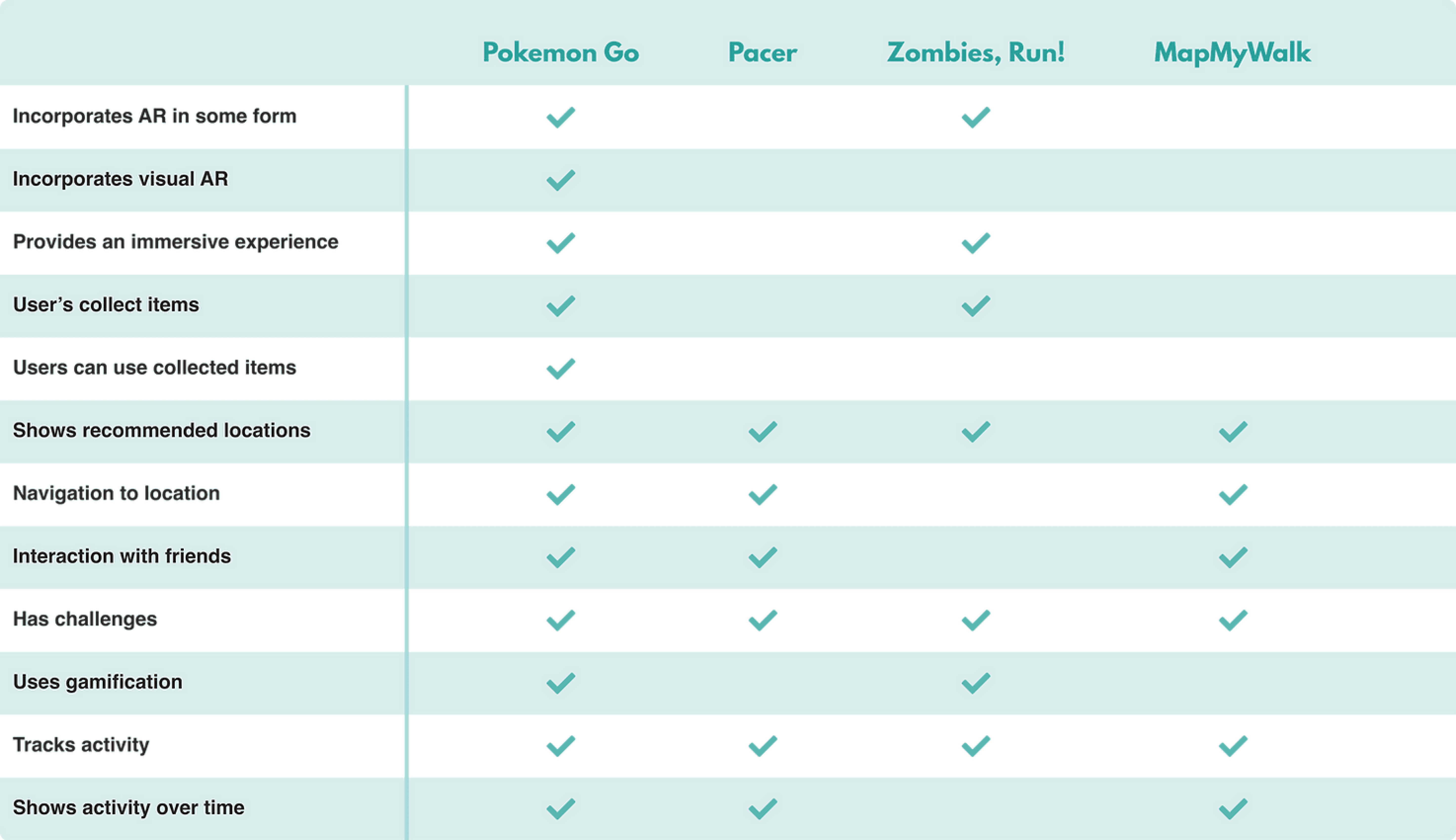
User Persona Development
Informed by user research and competitive analysis, a primary user persona was developed to guide design decisions. This detailed profile encapsulated the target user's demographics, behaviors, motivations, and pain points, providing a clear understanding of the end-user.
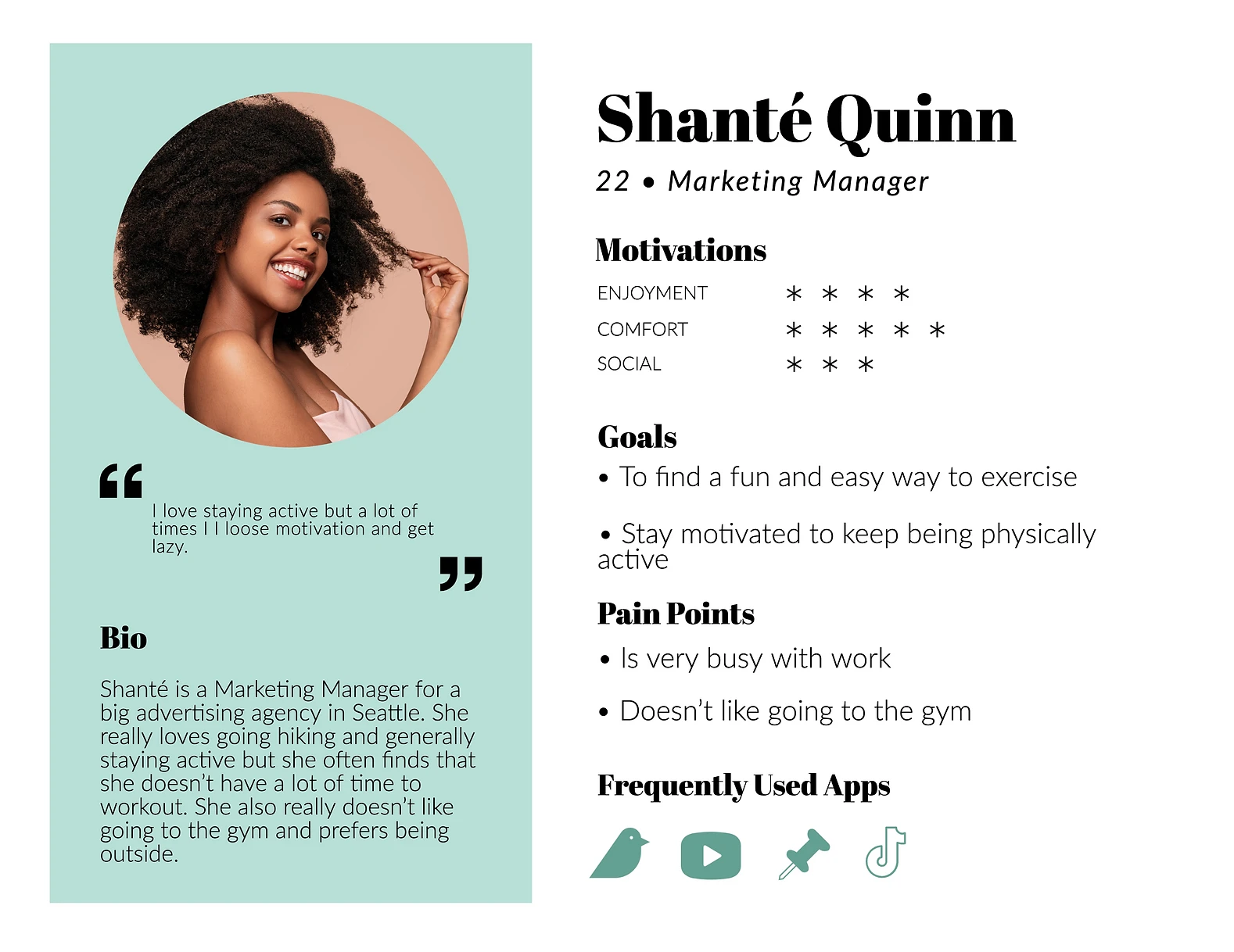
Low-Fidelity Prototyping & Iteration
To visualize the core user flow and interactions, a low-fidelity prototype was created. This initial framework allowed for rapid iteration and testing of design concepts before progressing to higher fidelity stages.
User Testing & Iterations
To refine the app's design, both in-person and remote usability tests were conducted. Key user feedback included the desire for social features like friend sharing and trading, as well as a simplified leveling system. To enhance user engagement, the concept of a centralized feed showcasing friend activity was proposed. These insights informed subsequent design iterations, prioritizing user experience and satisfaction.
Design Solutions

Location Selection:
Users can view different locations on the map and go to there through in-app navigation. Users will be able to collect different items at different locations

Item Collection:
Users can scan the area when they get to a location and find items. They will then be able to collect those items.

New Build:
Users can build new environments using items they collect on their walks.

Trade:
Users can trade items with their friends.
Visual System
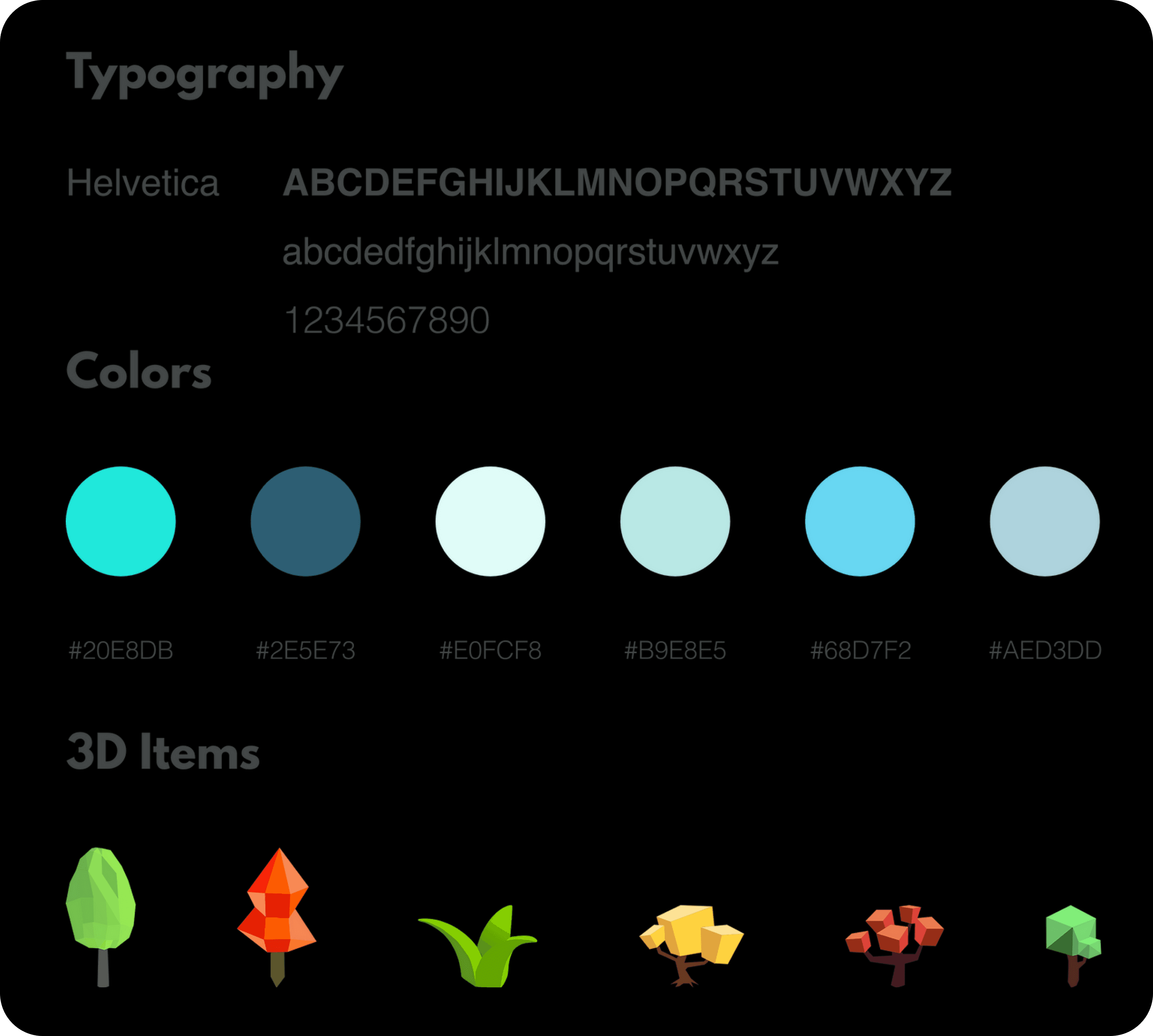
Next Steps
To further refine the app's user experience, a second round of usability testing is planned with the high-fidelity prototype. By incorporating user feedback, the design will undergo further iterations to optimize functionality and user satisfaction.
Reflection
This project pushed the boundaries of my design capabilities, demanding a blend of technical proficiency and strategic thinking. While the visual appeal of animations and assets is crucial, the foundation of the project rested on comprehensive research and a well-structured user flow. Stepping outside my comfort zone into unfamiliar territory proved invaluable in developing a versatile skill set and a deeper appreciation for the design process.
Thanks For Reading!
Interactive Walking Experience With Augmented Reality
Team:
Sana (Me): Product Designer
Impact
Designed complex AR walking app prototype
Created 80+ screens
Tools:
Adobe XD, Adobe Illustrator
Duration
March 2022 - May 2022
The Problem
Despite the rise of fitness apps, sedentary lifestyles and a disconnect with nature persist. Existing solutions often lack the innovative use of technology to transform walking into an engaging and rewarding experience. This project aimed to address this gap by harnessing the potential of augmented reality to motivate individuals to walk more frequently and for longer durations.
Leveraging AR and Gamification for Enhanced Walking Experiences
Augmented Reality


Gamification
Recognizing the burgeoning AR and gamification markets, I sought to create an innovative solution that transforms daily walks into engaging adventures. By combining these cutting-edge technologies, the goal was to develop an interactive app that motivates users to spend more time outdoors and explore their surroundings.
Project Goals
The primary objectives of this project were to:
01
Transform walking into an enjoyable and engaging experience through gamification.
02
Create an immersive AR-driven environment that encourages outdoor exploration.
03
Conduct thorough user research to inform design decisions.
04
Develop a high-fidelity app prototype to visualize the concept.
Competitive Analysis & Feature Identification
A thorough analysis of existing walking apps, including Pokemon Go and Pacer, was conducted to identify key market opportunities. This research highlighted the potential for innovative AR experiences, collectible in-game items, and gamified challenges to differentiate Elements from competitors.


User Persona Development
Informed by user research and competitive analysis, a primary user persona was developed to guide design decisions. This detailed profile encapsulated the target user's demographics, behaviors, motivations, and pain points, providing a clear understanding of the end-user.


Next Steps
To further refine the app's user experience, a second round of usability testing is planned with the high-fidelity prototype. By incorporating user feedback, the design will undergo further iterations to optimize functionality and user satisfaction.
Reflection
This project pushed the boundaries of my design capabilities, demanding a blend of technical proficiency and strategic thinking. While the visual appeal of animations and assets is crucial, the foundation of the project rested on comprehensive research and a well-structured user flow. Stepping outside my comfort zone into unfamiliar territory proved invaluable in developing a versatile skill set and a deeper appreciation for the design process.
Visual System
Informed by user research and competitive analysis, a primary user persona was developed to guide design decisions. This detailed profile encapsulated the target user's demographics, behaviors, motivations, and pain points, providing a clear understanding of the end-user.


Low-Fidelity Prototyping & Iteration
To visualize the core user flow and interactions, a low-fidelity prototype was created. This initial framework allowed for rapid iteration and testing of design concepts before progressing to higher fidelity stages.
Design Solutions

Location Selection:
Users can view different locations on the map and go to there through in-app navigation. Users will be able to collect different items at different locations

Item Collection:
Users can scan the area when they get to a location and find items. They will then be able to collect those items.

New Build:
Users can build new environments using items they collect on their walks.

Trade:
Users can trade items with their friends.
Thanks For Reading!
User Testing & Iterations
To visualize the core user flow and interactions, a low-fidelity prototype was created. This initial framework allowed for rapid iteration and testing of design concepts before progressing to higher fidelity stages.
